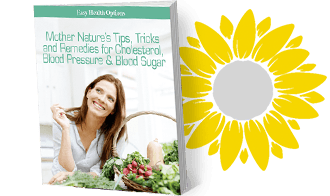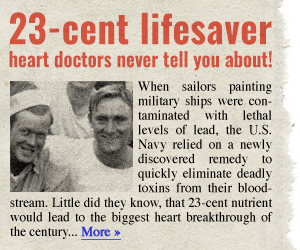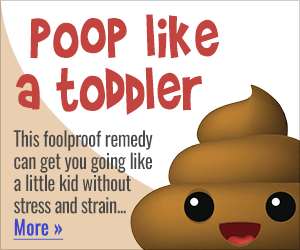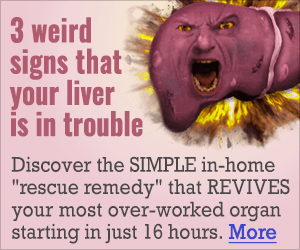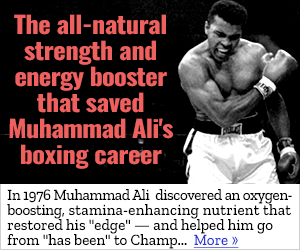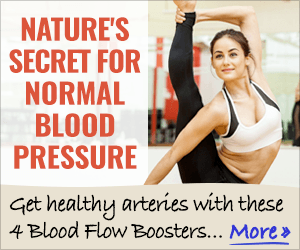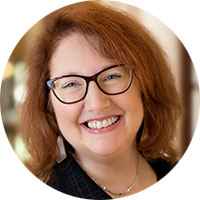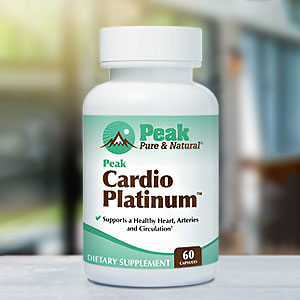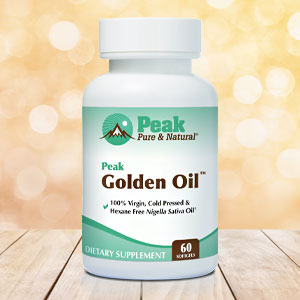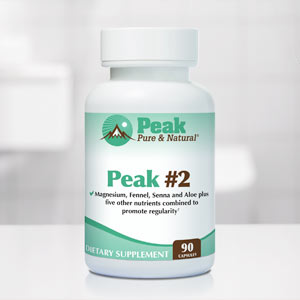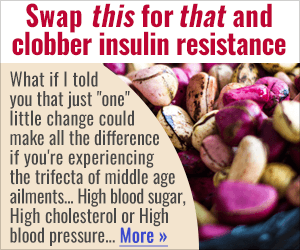Get Easy Health Digest™ in your inbox and don’t miss a thing when you subscribe today. Plus, get the free bonus report, Mother Nature’s Tips, Tricks and Remedies for Cholesterol, Blood Pressure & Blood Sugar as my way of saying welcome to the community!
14 steps that slow aging to avoid frailty
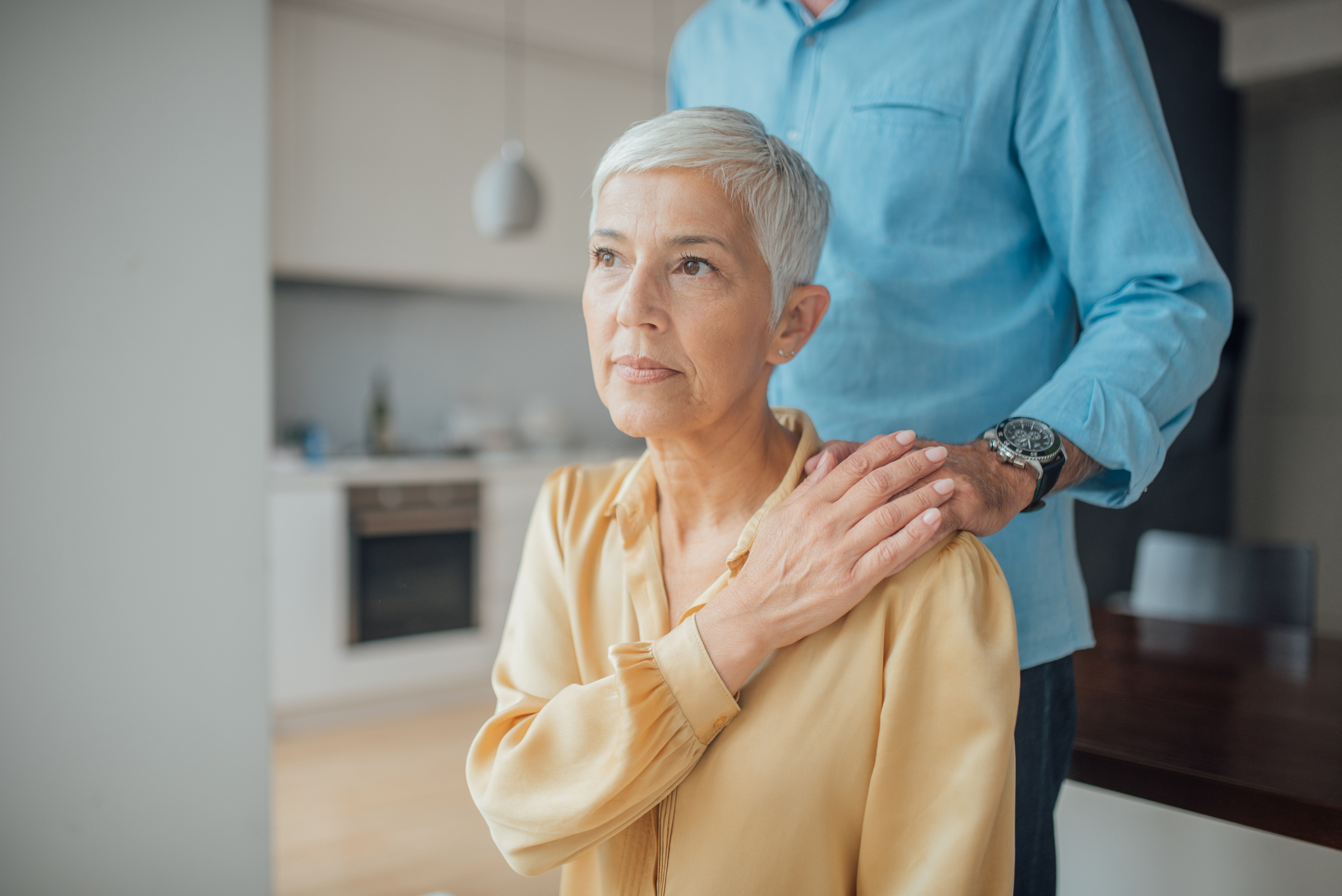
Frailty is a condition of aging that afflicts 7 to 12 percent of Americans aged 65 and older. However, the risk increases with age, from one in 25 people between the ages of 65 and 74 to one in four for those older than 84.
People who become frail typically start losing weight unintentionally, have low energy levels, walk slowly, have low grip strength and become prone to falls.
In other words, frailty steals your independence. But frailty doesn’t have to be inevitable…
You probably noticed that most signs of frailty have a direct link to how active a person is. And it’s a fact of science that lack of exercise accerlerates biological aging.
It would be a shame to sit back and let that happen when there’s a simple solution…
The magic number: 14 extra steps
Walking can be especially effective for helping older adults maintain their independence. But there’s a specific walking “prescription” that works best.
A study led by researchers at the University of Chicago Medicine enrolled frail older adults in structured walking programs within their retirement communities. They were guided and assessed by clinical research staff, particularly for their cadence, or the pace at which they walked.
Each participant wore a device fitted to their thigh to record accurate measures. One group was encouraged to walk as fast as safely possible, while the other group walked at their usual comfortable pace.
The results were clear: those who increased their cadence by at least 14 steps per minute above their usual pace to roughly 100 steps per minute were able to walk longer distances in a standardized test. This demonstrated substantial improvements in their functional capacity.
“People who haven’t experienced frailty can’t imagine how big a difference it makes to be able to not get tired going to the grocery store or not need to sit down while they’re out,” says study lead Dr. Daniel Rubin, an anesthesiologist at UChicago Medicine.
Rubin’s interest in cadence came from his experience evaluating older patients preparing for surgery. “Older adults have a high risk of complications associated with surgery,” he says. “Traditionally, surgical teams have relied on physical function questionnaires to risk-stratify patients, but I thought there must be a way to develop more objective metrics.”
Measuring cadence accurately
Rubin’s team built on these findings by creating a smartphone app called Walk Test, explicitly designed to accurately measure walking cadence.
“We didn’t necessarily trust smartphones’ built-in analytics,” Rubin says. “Instead, we built an app that uses a novel open-source method to analyze the data measured by the phone and lets us actively engage users in brief, deliberate walking tests, ensuring accurate measurement.”
Validation testing showed the app’s accuracy. It closely matched specialized, research-grade accelerometers in counting steps per minute.
It’s user-friendly too…
“We wanted to make it as low-barrier as possible so it’s easy for older adults to use without additional equipment,” he says. “The people who need the most help are usually the least well-equipped to get started.”
Unfortunately, the Walk Test app is not yet available to the public.
Building cadence into everyday life
In short, this research demonstrates that transitioning from a casual stroll to a brisk walk can yield substantial health benefits, protecting against frailty and potentially slowing the aging process.
To get started, first try to establish a baseline by measuring your usual walking pace in steps per minute. From there, try increasing your pace slightly to find a level that’s brisker but still feels comfortable.
To maintain a steady, elevated cadence, Rubin recommends using a metronome app to match your steps to a consistent beat. There are a number of free metronome apps available that can help you stay on pace and track your progress over time.
The most important thing is to be safe. If your doctor has said you meet the requirements to be considered frail, or feel unsteady on your feet, don’t walk alone. Enlist a partner or, at the very least, communicate with a friend, family member or neighbor when planning to walk.
Staying active is crucial for reducing your risk of frailty and promoting overall health. However, past research indicates that it’s not the only potential cause of frailty, and walking isn’t the only solution.
Research published in the journal Nutrients revealed that not getting enough vitamin D in older age may drive the development of frailty, while another found it slowed aging. Getting out and walking can help you get more of the sunshine vitamin, but supplementing vitamin D3 is also safe and effective.
Editor’s note: Did you know that when you take your body from acid to alkaline you can boost your energy, lose weight, soothe digestion, avoid illness and achieve wellness? Click here to discover The Alkaline Secret to Ultimate Vitality and revive your life today!
Sources:
Walk faster, age slower: The 14-step boost that builds strength — ScienceDaily
A Smartphone Application to Measure Walking Cadence before Major Abdominal Surgery in Older Adults — Digital Biomarkers
Stay Strong: Four Ways to Beat the Frailty Risk — Johns Hopkins Medicine
